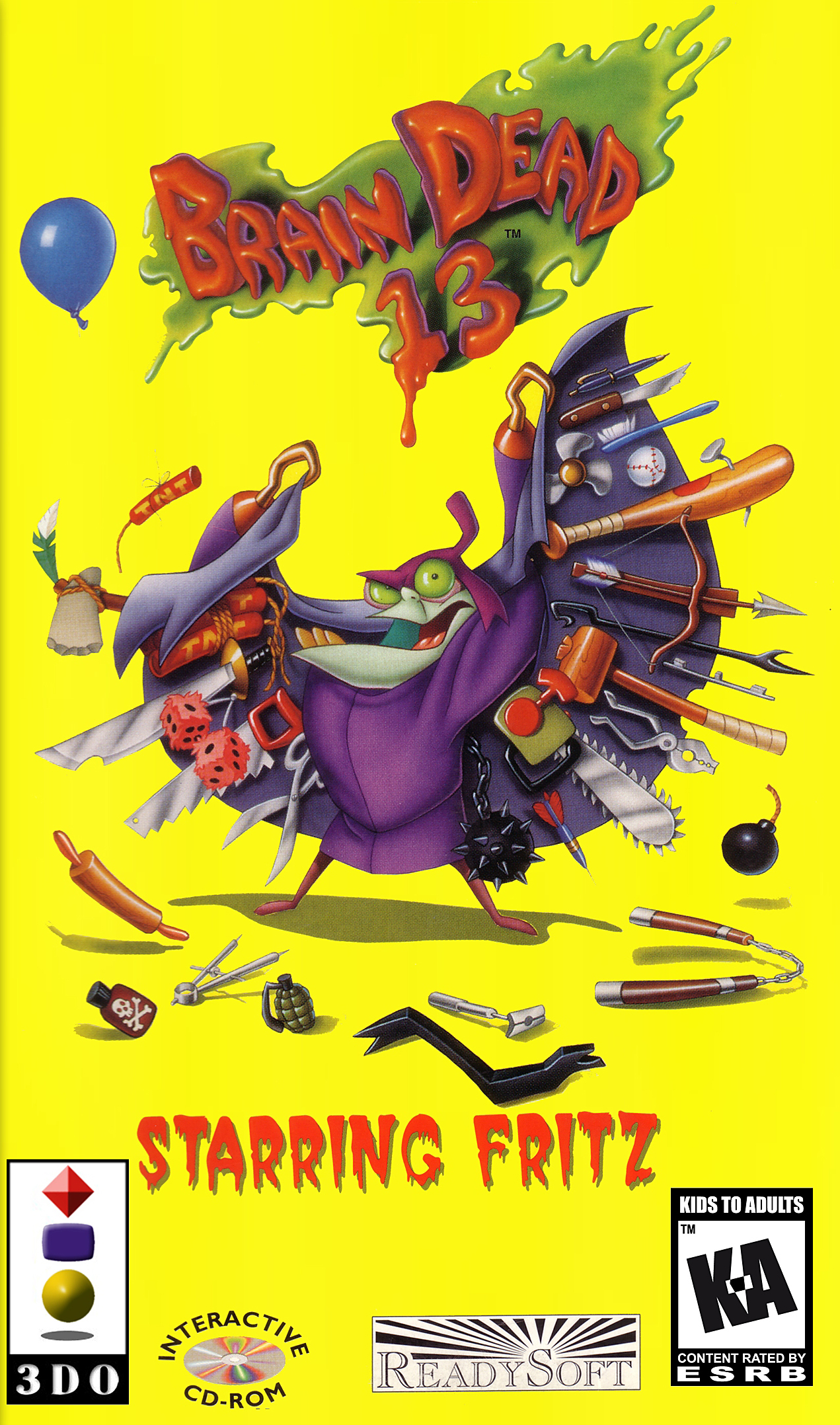

Serum blood urea nitrogen and creatinine peaked on postoperative day 1 in all groups and went back to the preoperative levels at the conclusion of the study on postoperative day 5. Results: There was no difference in the hemodynamic parameters, hemoglobin/hematocrit and electrolytes between the groups. Graft protocol biopsies were performed 4 h after reperfusion to assess early histological and immunohistochemical changes. Blood samples were obtained at 4 h post reperfusion and daily until postoperative day 5 for complete blood count, blood urea nitrogen, creatinine, and electrolytes. No post-transplant immunosuppression was given to avoid confounding bias. Kidneys were procured, cold-stored in Histidine-Tryptophane-Ketoglutarate solution at 4☌ and transplanted in nephrectomized recipients after a mean cold ischemia time of 18 h. Control donors received intravenous Methylprednisolone ( n = 8). Methods: Six hours after the induction of brain death, German landrace donor pigs (33.2 ± 3.9 kg) were randomly preconditioned with either Cyclosporine ( n = 9) or Everolimus ( n = 9) administered via nasogastric tube with a repeated dose just before organ procurement. an inhibitor of mammalian target for Rapamycin (Everolimus) compared to the conventional administration of steroid in the setting of donation after brain death in porcine renal transplantation.

The aim of this project is to investigate the effects of (oral) donor preconditioning with a calcineurin inhibitor (Cyclosporine) vs. Data regarding donor preconditioning with calcineurin inhibitors or inhibitors of mammalian target for Rapamycin is limited. Immunosuppressive medications could be potentially used for this purpose as well. Intravenous steroids are routinely used in the intensive care units for the donor preconditioning. Background: The systemic inflammatory cascade triggered in donors after brain death enhances the ischemia-reperfusion injury after organ transplantation.


 0 kommentar(er)
0 kommentar(er)
